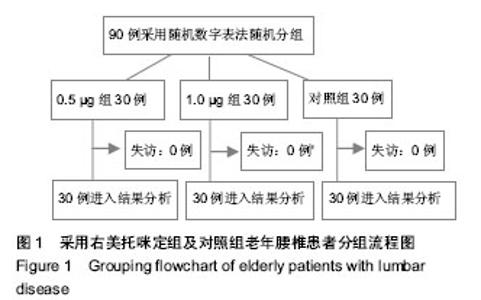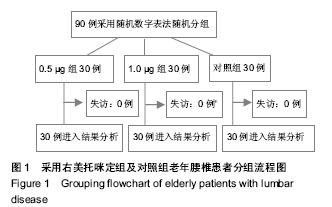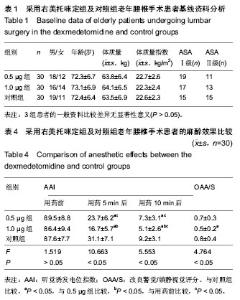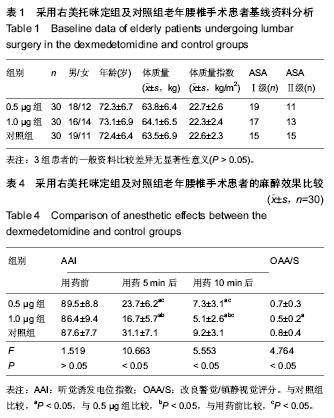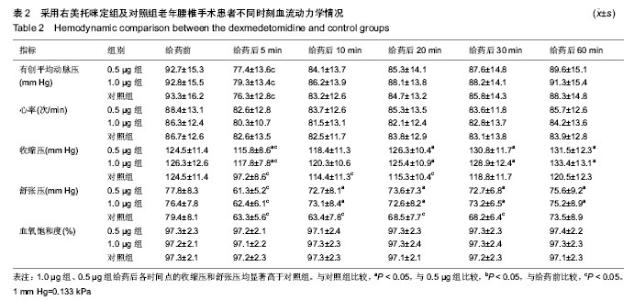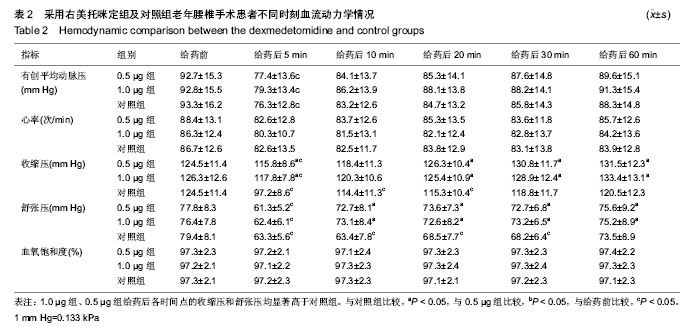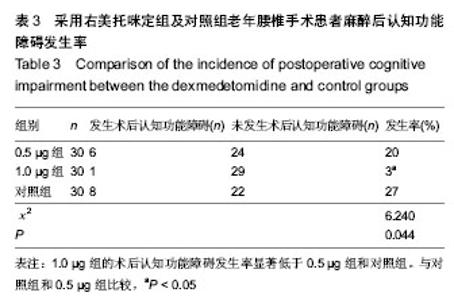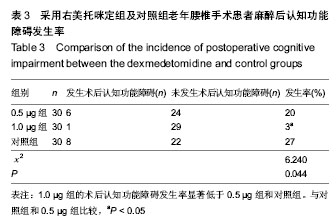| [1] 丁辉有,徐发明,占卫庆,等.右美托咪啶与异丙酚对老年心血管病患者腹部手术全麻恢复期质量的影响[J].心脑血管病防治, 2014, 14(2):127-130.
[2] 郭晓娜,宋力,尹燕伟,等.右旋美托咪啶对丙泊酚-舒芬太尼复合诱导双腔气管插管期间血流动力学指标影响[J].青岛大学医学院学报,2013,49(5):417-420.
[3] 潘英芳.右旋美托咪啶预给量对全麻诱导气管插管中心血管反应的影响[J].赣南医学院学报,2012,32(4):563-564.
[4] 葛云芬,胡双飞.脑肿瘤术中应用右旋美托咪啶对芬太尼剂量及血流动力学的影响[J].中国现代应用药学,2012,29(2):173-175.
[5] Su F, Hammer GB. Dexmedetomidine: pediatric pharmacology, clinical uses and safety. Expert Opin Drug Saf.2011;10(1):55-66.
[6] 马化鑫,周少丽,谢汉镔,等.不同剂量右旋美托咪啶对七氟醚吸入麻醉诱导的影响[J].中国临床药理学与治疗学,2012,17(1): 103-107.
[7] Le M,Liu N, Tounou F, et al. Dexmedetomidine reduces propofol and remifentanil requirements during bispectral index-guided closed-loop anesthesia: a double-blind,placebo-controlled trial.Anesth Analg.2014;118(5): 946-955.
[8] 苏靖心,董铁立.右旋美托咪啶临床应用[J].中华实用诊断与治疗杂志,2012,26(6):521-522.
[9] Jones CR. Perioperative uses of dexmedetomidine. Int Anesthesiol C1in.2013;51(2):81-96.
[10] Khizhniak MV,Makeeva TI, Priimak IV. Correlation of cliniconeurological peculiarities and morphological signs of small hernias (protrusion) of the lumbar intervertebral discs in formation of discogenic pain syndromes in patients of diffrent age Klin Khir. 2014; 8(1):41-43.
[11] 曾海波,佟华丽.右旋美托咪啶和咪达唑仑对罗哌卡因腰部麻醉作用的影响[J].重庆医学,2012,41(35):3715-3717.
[12] Farag E, Argalious M, Abd-Elsayed A, et al. The use of dexmedetomidine in anesthesia and intensive care: a review. Curr Pharm Des. 2012;18(38):6257-6265.
[13] 安小凤,王祥和.右美托咪啶抑制舒芬太尼引起呛咳的疗效观察[J].浙江医学,2013,10(18):1690-1691.
[14] 汪志勇,庄灿锋.右旋美托咪啶对插管反应的影响[J].中国医药指南,2013,11(34):48-49.
[15] Lin CF, Yang CY, Chao E, et al. Short-term inhalation of sevoflurane during induction of general anesthesia can inhibit the A-line ARX index response to intubation: a randomized trial. Chang Gung J.2011;34(6):599-606.
[16] Biter A, Esmaoglu A, Akin A, et al.Dexmedetemidine and meperidine Prevent Postanaesthetic shivering. Euro J Anaesth. 2006;23:149- 153.
[17] 胡惠英,李建华,李斌,等.右美托咪定对乳腺癌根治术后静脉镇痛时细胞免疫功能的影响[J].中华临床医师杂志:电子版, 2013, 01(23):10461-10464.
[18] 金约西,姜爱芬,姜婉娜,等.不同剂量右美托咪啶用于小儿全身麻醉苏醒期躁动的临床观察[J].中国药物与临床,2013,13(05):673-675.
[19] Apalanisamya RJ, Klickovicha M, Ramsayb D, et al. Intravenous dexmedetomidine as an adjunct for labor analgesia and cesarean delivery anesthesia in a Parturient with a tethered spinal cord.Int J Obstet Anesth.2009;18 (3)258-261.
[20] 张卫,周立君,阚全程,等.不同剂量右美托咪定与小剂量氯胺酮预防瑞芬太尼复合麻醉后痛觉过敏的效果比较[J].临床麻醉学杂志, 2013,29(05):435-438.
[21] 章玲宾,樊理华,卢向红,等.右美托咪定对高血压患者全身麻醉苏醒期躁动及血流动力学的影响[J].中国药物与临床,2012,12(2): 157-159.
[22] 赵栋,张明途.右美托咪啶用于腹部手术全身麻醉效果及术后恢复质量的临床研究[J].中国临床药理学杂志, 2014,20(04):317-319.
[23] Anderson RE, Jakobsson JG. Cerebral state monitor,a new small handheld EEG monitor for determining depth of anaesthesia: a clinical compariscm with the bispectral index during day-surgery. Eur J Anaesthesiol.2011;23:208-212.
[24] Zekry D,Hermann FR,Vischer UM.The association between the body mass index and 4-year all-cause mortality in o1der hospitalized patients. J Gerontol A Biol Sci Med Sci. 2013; 68(6): 705-711.
[25] Prommer E. Review article: dexmedetomidine: does it have potential in palliative medicine. Am J Hosp Palliat Care. 2011; 28(4):276-283.
[26] Shen SL, Xie YH, Wang WY, et al. Comparison of dexmedetomidine and sufentanil for conscious sedation in patients undergoing awake fibreoptic nasotracheal intubation: a prospective, randomised and controlled clinical trial. Clin Respir J.2014;8(1):100-107. |
